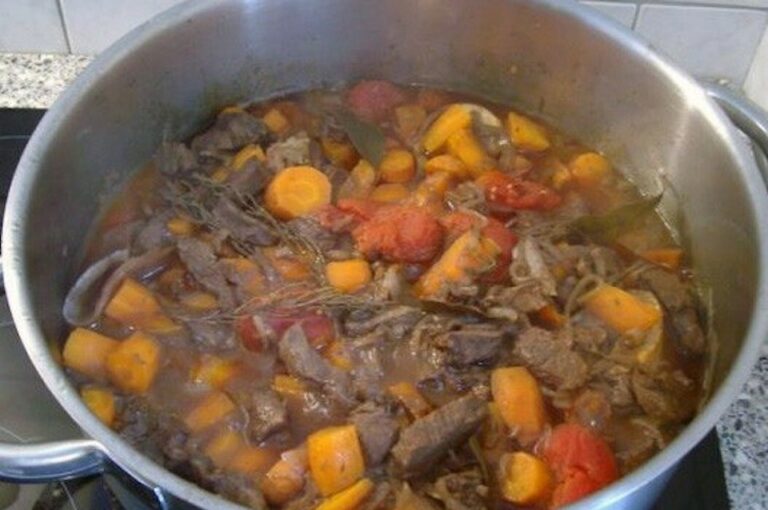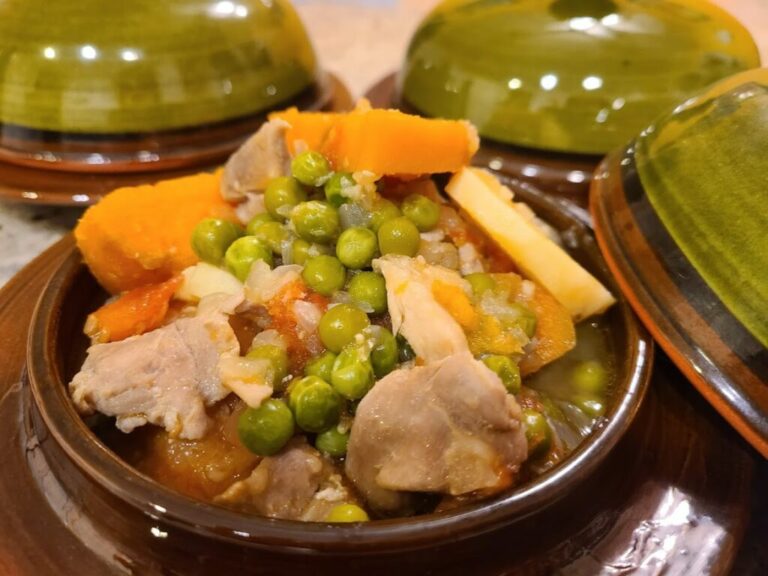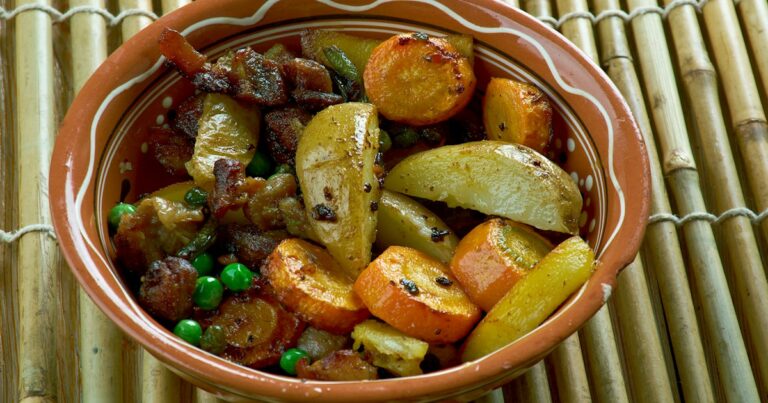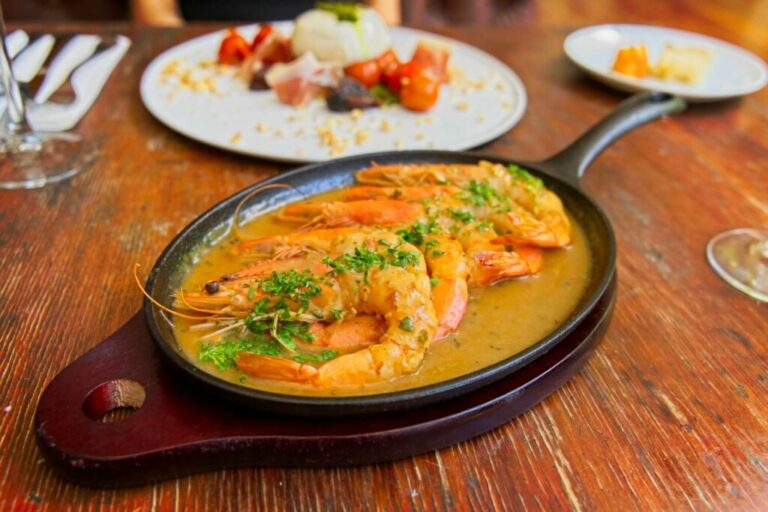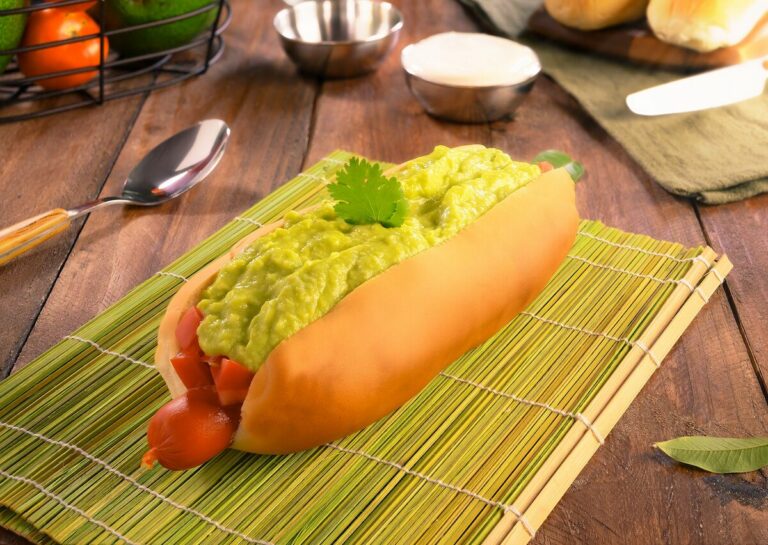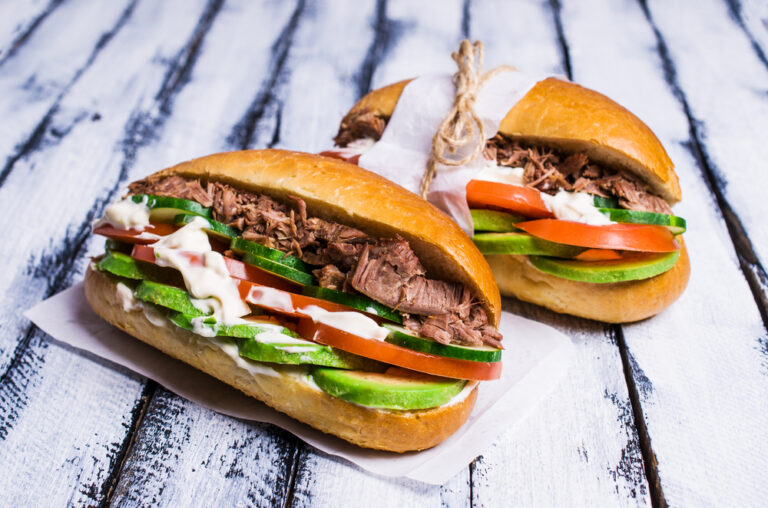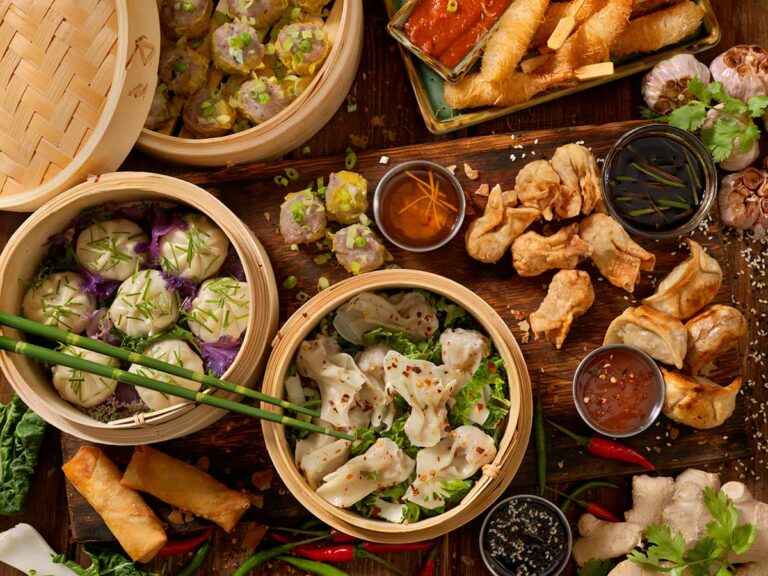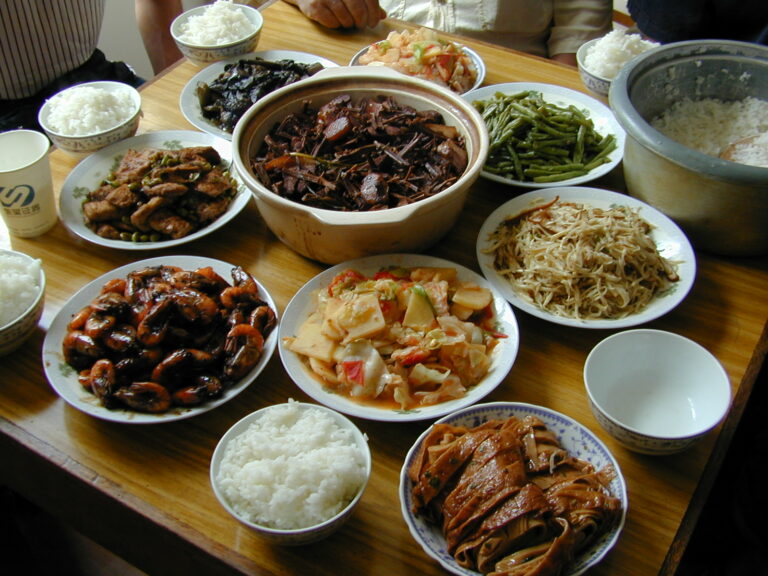Introduction: Street Food in Chad
Street food is an essential part of the culture and culinary scene in Chad. Its diverse and rich flavors attract both locals and tourists. Street food vendors offer a range of dishes, including grilled meat, fried snacks, soups, stews, and desserts. The popularity of street food in Chad is due to its affordability, convenience, and the unique taste and flavor that it offers.
Regulatory Framework for Street Food Safety
The regulatory framework for street food safety in Chad is governed by the Ministry of Public Health. The ministry is responsible for enforcing food safety regulations and guidelines to ensure that street food vendors comply with safety standards. All street food vendors are required to obtain a license to operate legally. The license is issued by the Ministry of Public Health after the vendor has undergone training, and their premises have been inspected and approved. The ministry also conducts regular inspections and monitoring of street food vendors to ensure compliance with safety standards.
Inspection and Monitoring of Street Food Vendors
The Ministry of Public Health conducts inspections and monitoring of street food vendors to ensure that they comply with safety standards. The inspections are carried out to assess the cleanliness and hygiene of the food premises, the quality of the ingredients used, and the handling and storage of the food. The ministry also monitors the vendor’s compliance with food safety regulations, such as the use of gloves, hairnets, and other protective clothing.
Hygiene Standards for Street Food Preparation
Hygiene standards for street food preparation in Chad require that vendors maintain clean and hygienic food premises. The vendors are required to ensure that their cooking equipment, utensils, and surfaces are cleaned and sanitized regularly. They are also required to wash their hands before and after handling food and to wear protective clothing, such as gloves and hairnets, to prevent contamination.
Safe Handling and Storage of Street Food
Street food vendors are required to handle and store their food safely to prevent contamination and spoilage. They are required to keep their food at the correct temperature and to ensure that it is cooked thoroughly. They are also required to store their food in clean and hygienic containers and to discard any food that has passed its expiry date.
Common Health Risks of Eating Street Food in Chad
Eating street food in Chad may pose health risks, such as food poisoning, diarrhea, and other infectious diseases. The risks are often due to the poor hygiene and unsafe handling of the food by the vendors. The use of contaminated water, inadequate cooking, and storage conditions may also contribute to the health risks.
Strategies for Minimizing Health Risks When Eating Street Food
To minimize health risks when eating street food in Chad, it is essential to follow some basic precautions. These include choosing vendors with clean and hygienic premises, avoiding food that has been sitting for too long, and ensuring that the food is cooked thoroughly. It is also advisable to drink bottled water and to avoid ice cubes made from tap water.
Conclusion: Street Food Safety in Chad – What You Need to Know
Street food in Chad is a popular and affordable option for locals and tourists, but it can pose health risks if not prepared and handled safely. The Ministry of Public Health is responsible for enforcing food safety regulations and monitoring street food vendors to ensure compliance with safety standards. To minimize health risks when eating street food in Chad, it is essential to follow basic precautions, such as choosing clean and hygienic vendors and ensuring that the food is cooked thoroughly.

